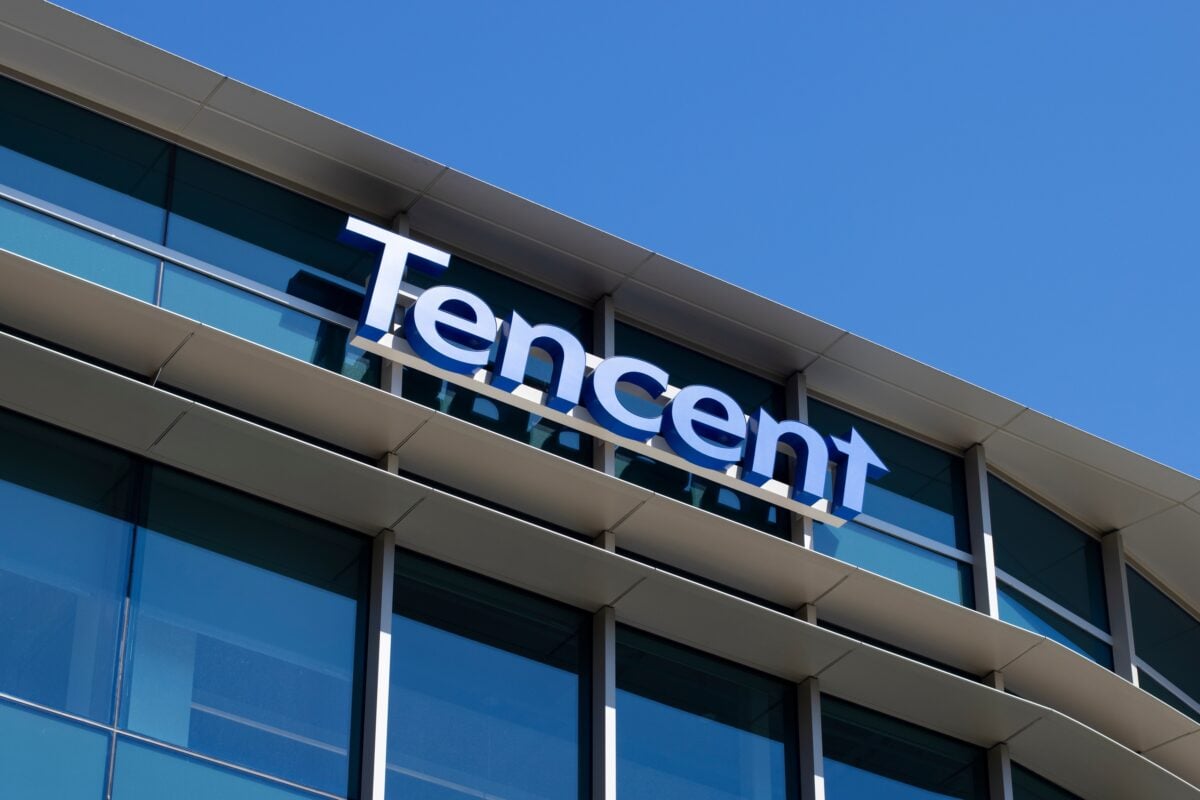According to Grayscale, the GSOL ETF is designed to simplify participation in Solana’s ecosystem by merging traditional financial infrastructure with blockchain-native rewards. The fund automatically captures staking returns directly in its Net Asset Value (NAV), compounding over time and enhancing long-term yield potential. Investors receive 77% of staking rewards, while the remainder supports operations and custody.
Grayscale’s Senior Vice President of ETFs, Inkoo Kang, noted that the GSOL launch reinforces the firm’s belief that a modern portfolio should include digital assets alongside equities, bonds, and alternatives. The product builds on the company’s earlier success with Bitcoin and Ethereum ETPs and reflects Grayscale’s growing focus on staking-based instruments.
SEC-Compliant and Accessible
Originally introduced in 2021 and listed on OTCQX in 2023, GSOL began staking in October 2025. Its uplisting to NYSE Arca now brings it under the SEC’s new generic crypto ETP standards, ensuring higher transparency and accessibility for U.S. investors. This regulatory alignment is expected to attract broader participation from institutions previously limited by compliance hurdles.
Grayscale Solana Trust ETF: Solana’s Expanding Role in Global Finance
Solana continues to gain traction as one of the most efficient and scalable blockchains. Kristin Smith, President of the Solana Policy Institute, described the network as the “backbone of digital finance,” emphasizing that the rails of global finance are being rebuilt on Solana’s infrastructure.
By integrating staking directly into GSOL’s framework, investors not only gain exposure to Solana’s price movements but also contribute to the network’s security. This dual benefit—earning passive income while supporting blockchain stability—underscores the growing confidence in Proof-of-Stake ecosystems within traditional finance circles.
Proof of Stake (PoS) is a consensus method used by decentralized blockchains to validate transactions without relying on energy-hungry mining. Instead of solving complex puzzles, participants who hold the network’s native coin “stake” or lock up a portion of it in dedicated pools.
These stakers are then chosen to validate blocks based on how much and how long they’ve staked, along with other factors that promote fairness. Think of it like a company deciding on its next big product—while the largest shareholder might usually have the loudest voice, PoS uses algorithms designed to spread that influence more evenly, so validation power isn’t concentrated in just a few hands.
Solana ETF: The Bottom Line
Grayscale’s GSOL ETF bridges the gap between traditional finance and decentralized ecosystems. For investors, it offers a compliant, yield-generating entry point into Solana’s growth story. For the broader market, it signals a shift toward more sophisticated crypto products that combine yield, transparency, and accessibility—key elements for digital assets to cement their place in mainstream portfolios.
Source: https://cryptoticker.io/en/breaking-grayscale-launches-solana-trust-etf/


